becoming cosmopolitan citizen-architects
I. Energy transition in Reykjanes
_______________________________
Hi I’m Davíð.
My Objective
Hi I’m Davíð.
This is an exploration for my final project in MArch from IUA.
“I'm on a quest to see if architecture can help with sustainable energy development.”
I will find numbers and quantities about this subject and translate them with the tools of architecture into spatial studies. Draw them out on the ground and get the feeling of scale and impact.
I will be focusing on geothermal energy and related industries in Reykjanes. Reykjanes is in Iceland, and Iceland is a fairly capitalized western democracy. We have elected a government that luckily for us has a vision of a sustainable future. One of the sustainable goals that I think will have the most impact on the Reykjanes region is the Energy Transition that has already started and ends hopefully around 2040.
A big part of my life experience has happened behind the scenes, behind safety fences, scaffolding and the “Warning signs”. I kind of feel like I have lived in two worlds. I’m writing this in one world and I'm going to pay my attention to the “other world” in this architectural exercise.
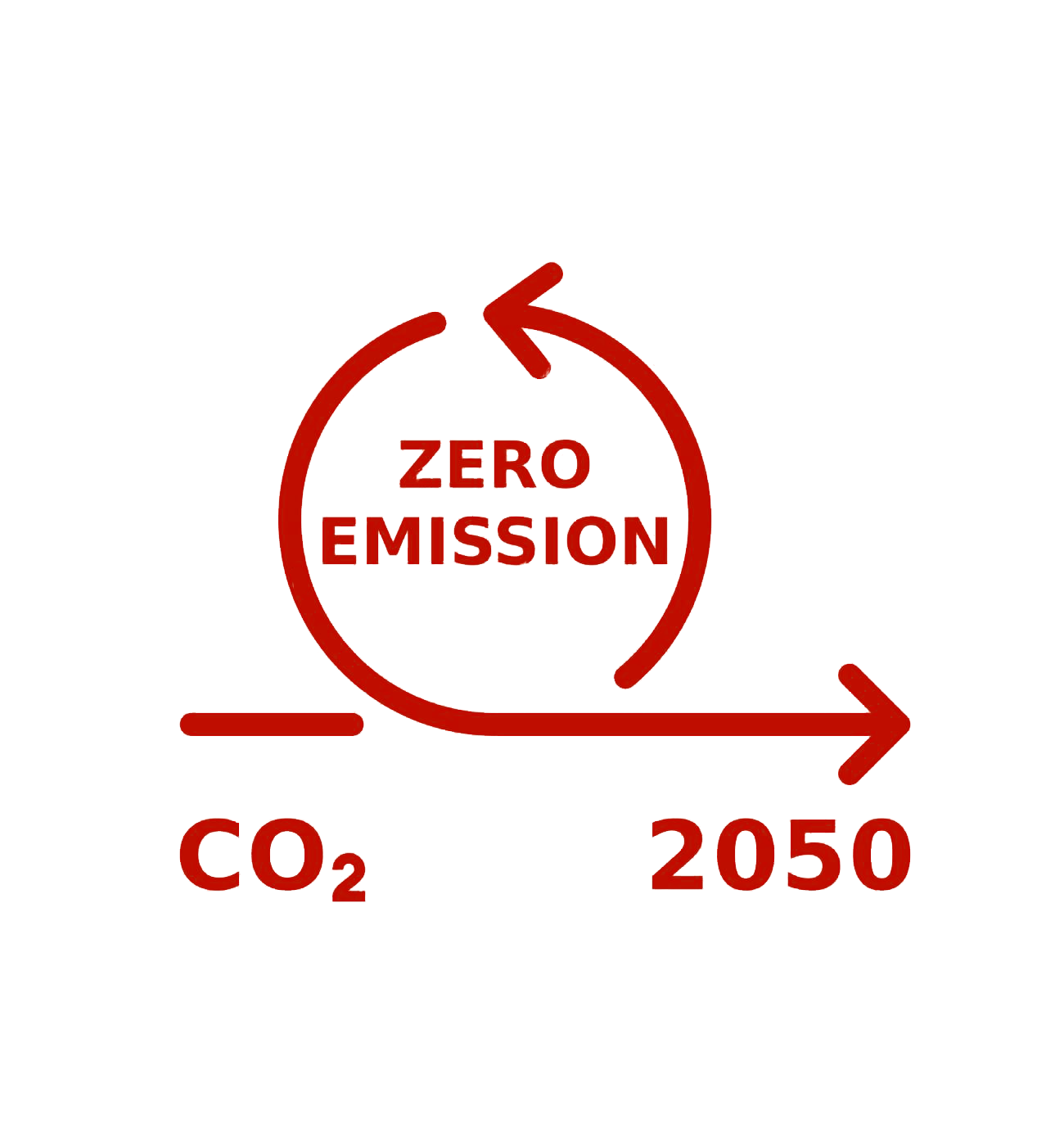
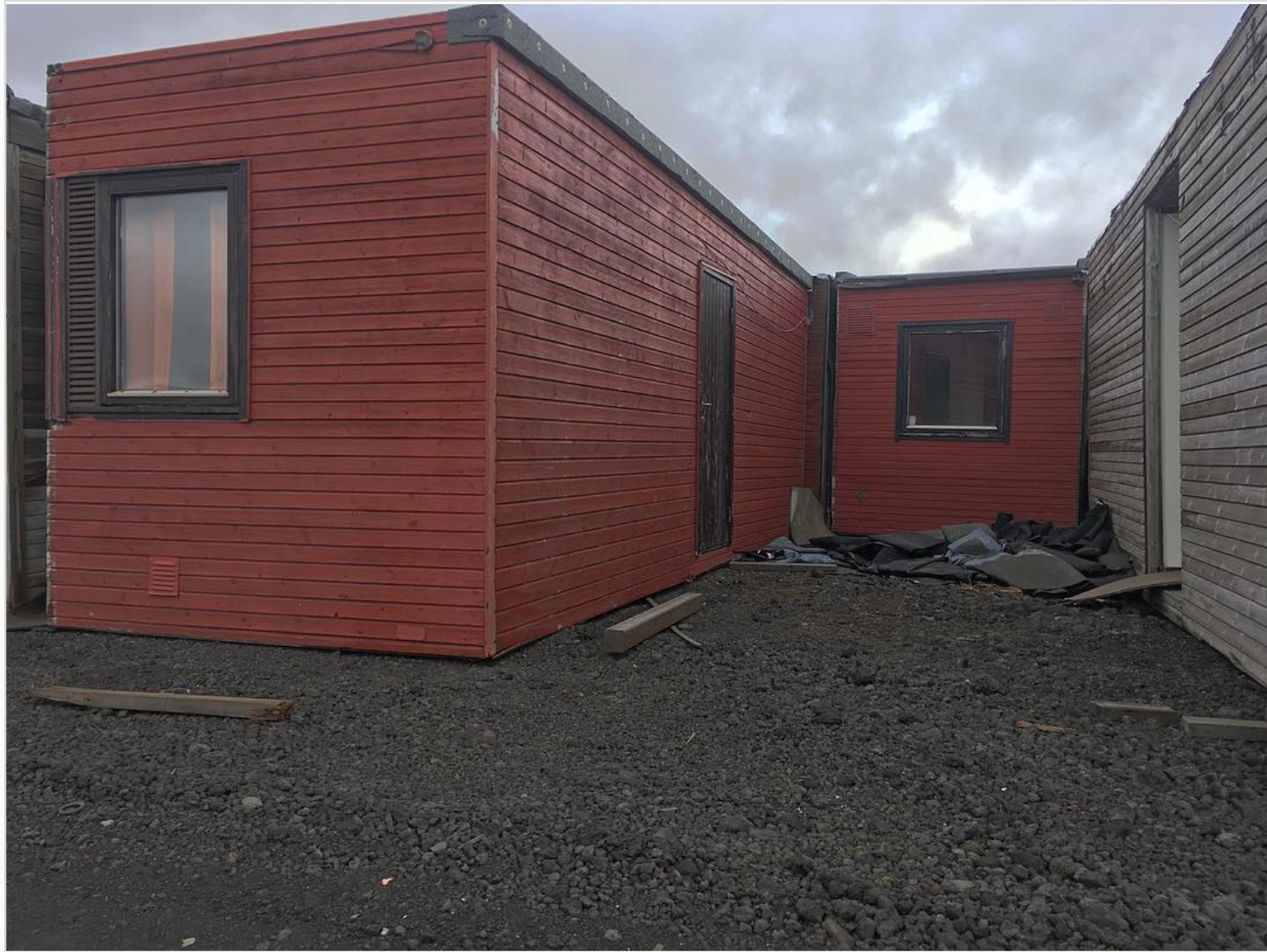
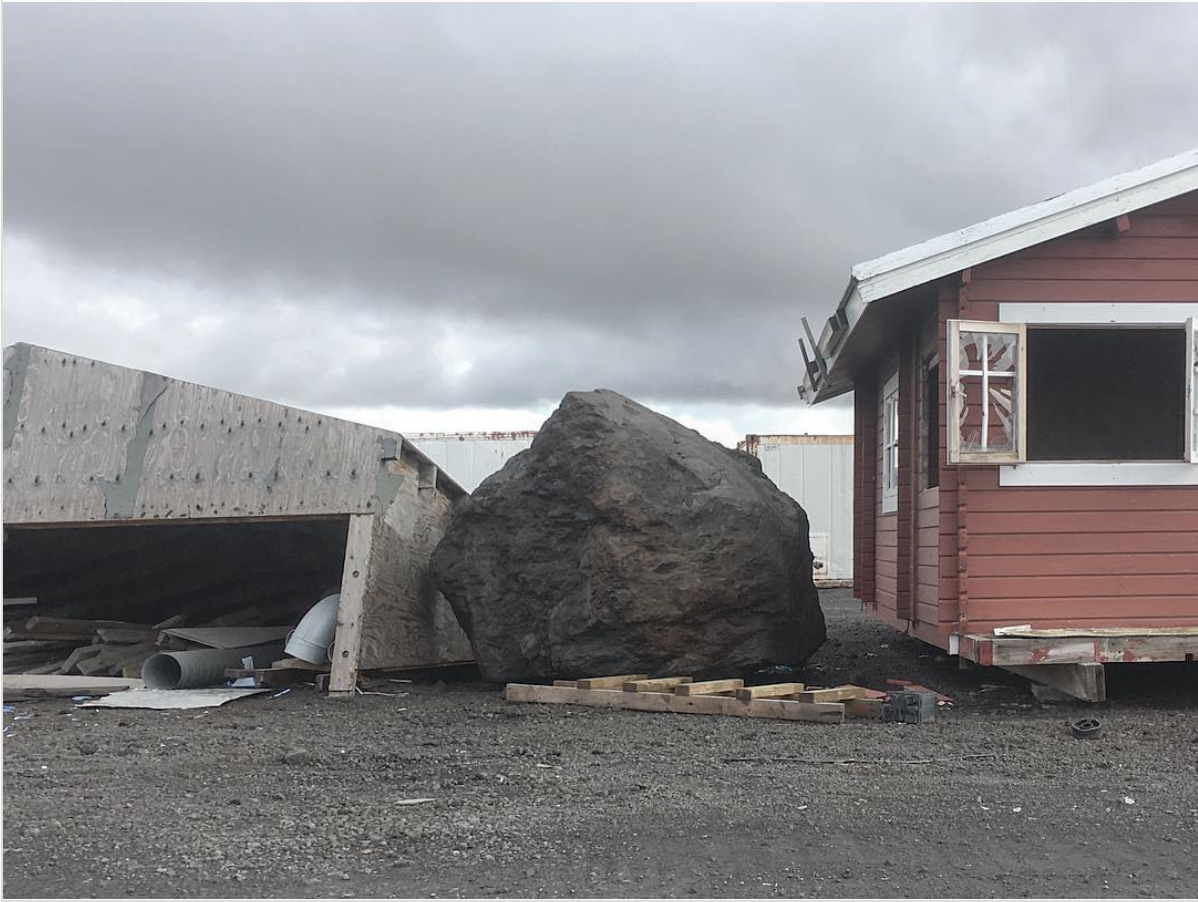
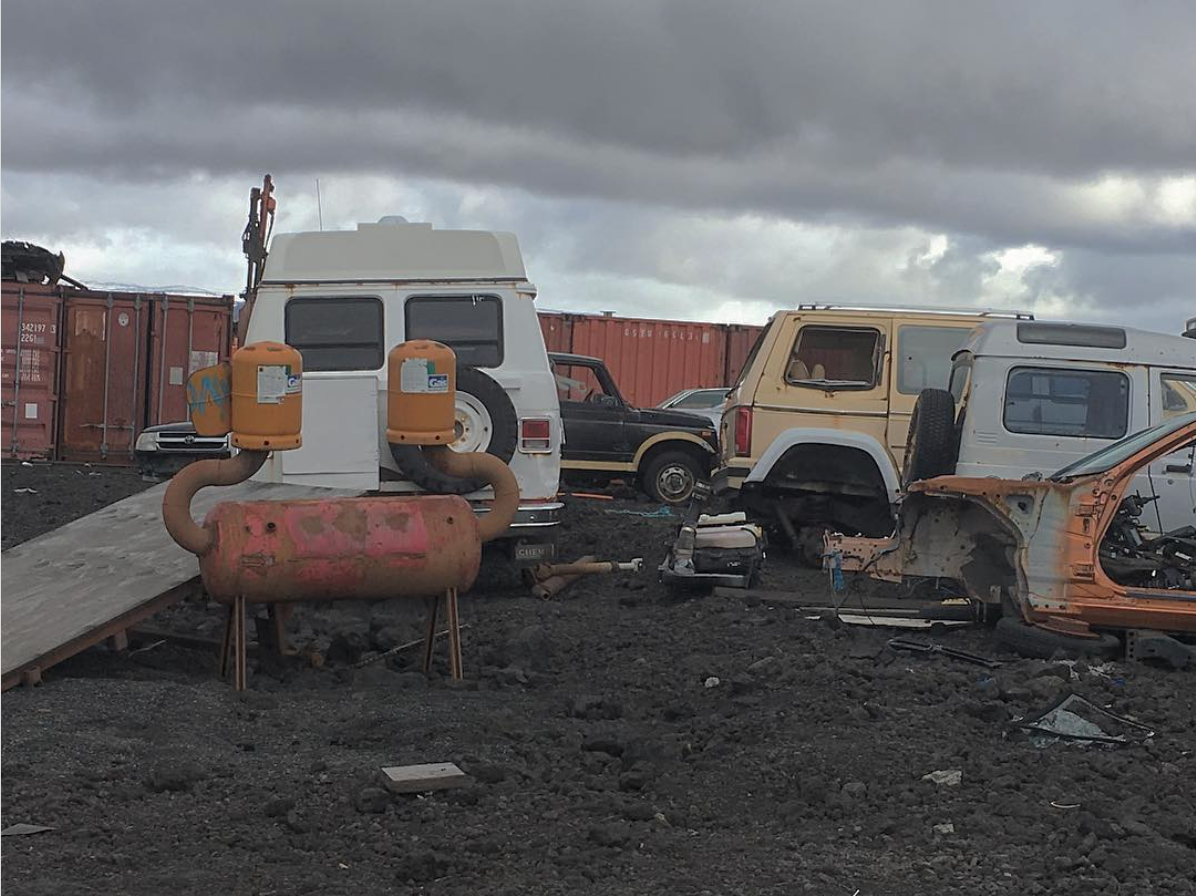
_______________________________
_______________________________
Industrial Sites
What interests me later on as an architecture student is how much space this industrial world takes, in and around the urban areas and yet most of us don't pay much attention to it.


_______________________________
_______________________________
The Future
We lived in a completely different world 28 years ago. If some of you remember what you were doing in 1994, I bet you were not sitting in front of a computer reading from the internet, nor were the people around you. The world 28 years in the future might look bizarre to us now but there are things that are likely to occur before 2050.
Given that we keep our life standard, our ships will no longer emit co2, we will fly high on hydrogen, use electric planes, electric cars, electric trains. Icelanders will produce all kinds of sustainable food for themselves and the world, capture carbon from the atmosphere or straight from heavy industries. Iceland has become carbon neutral. Is this a desirable future? I think so…
We will still be faced with problems to solve but this Co2 emission thing... we don't need to worry about that at 2050.
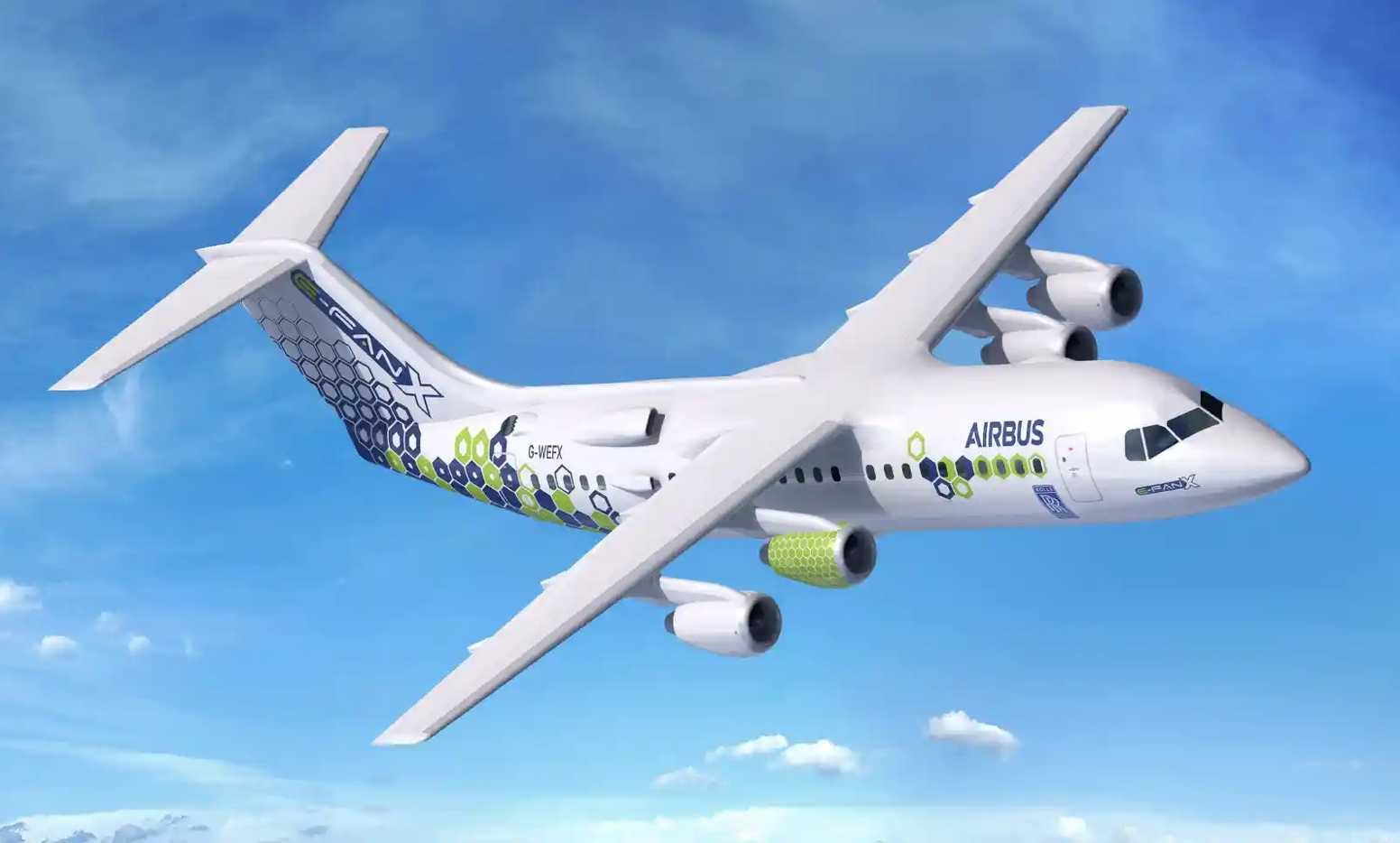
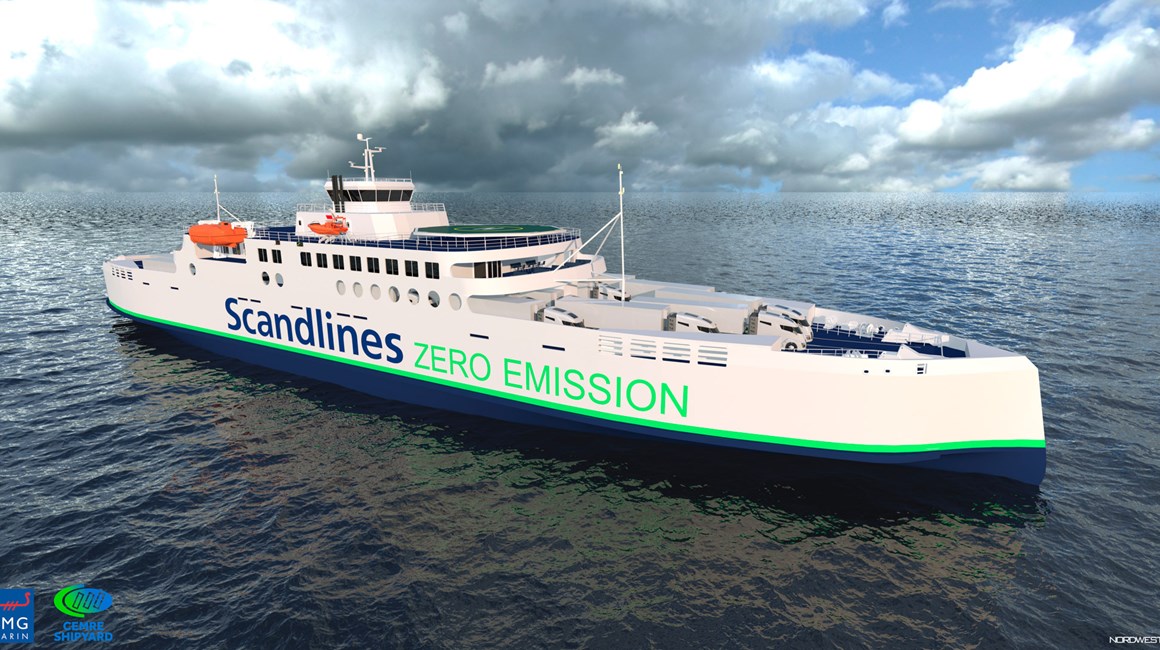
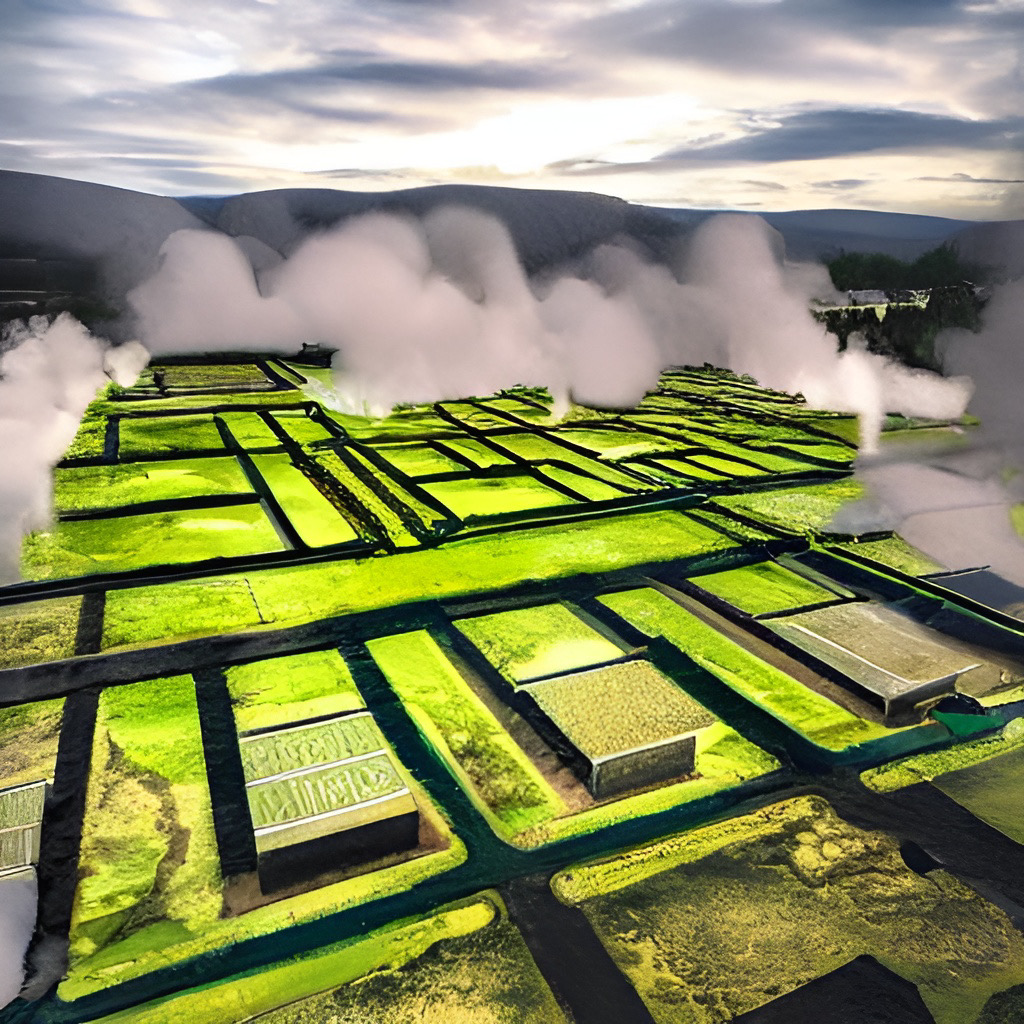
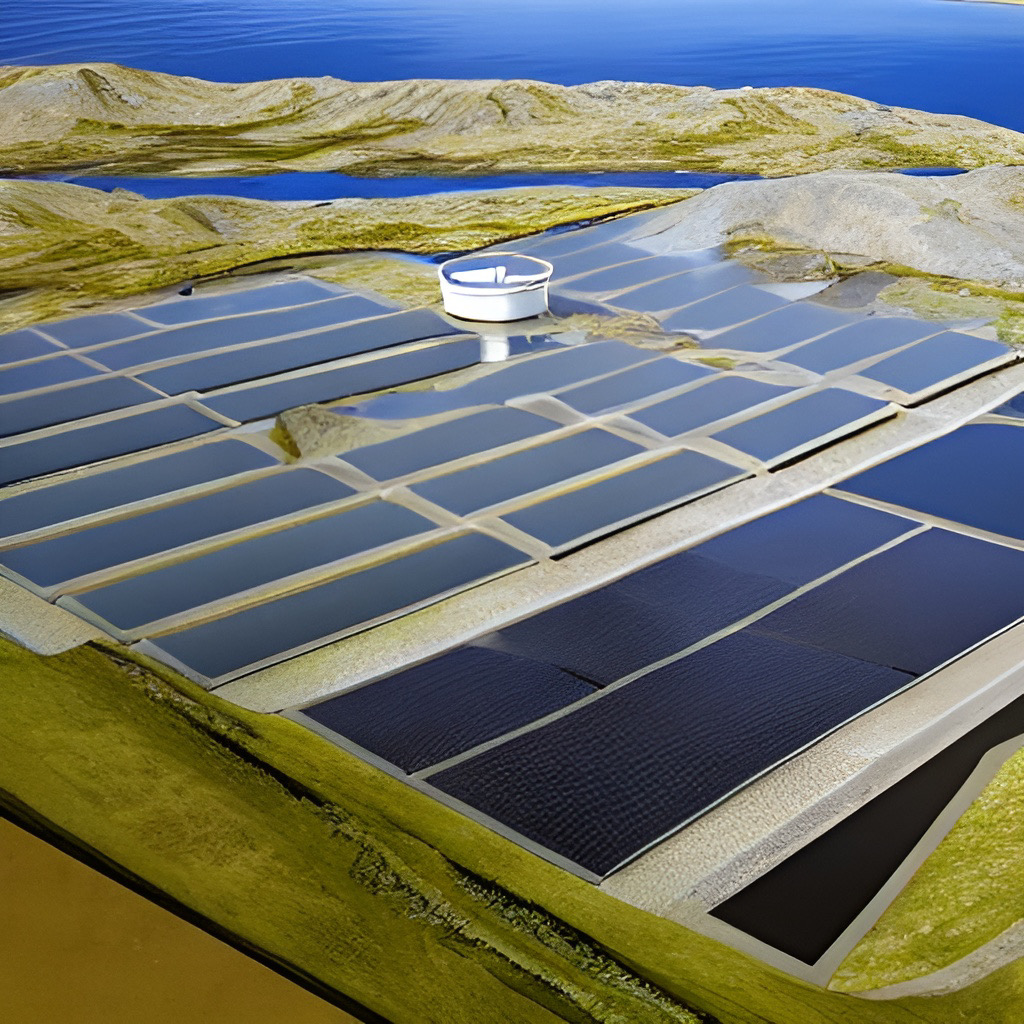
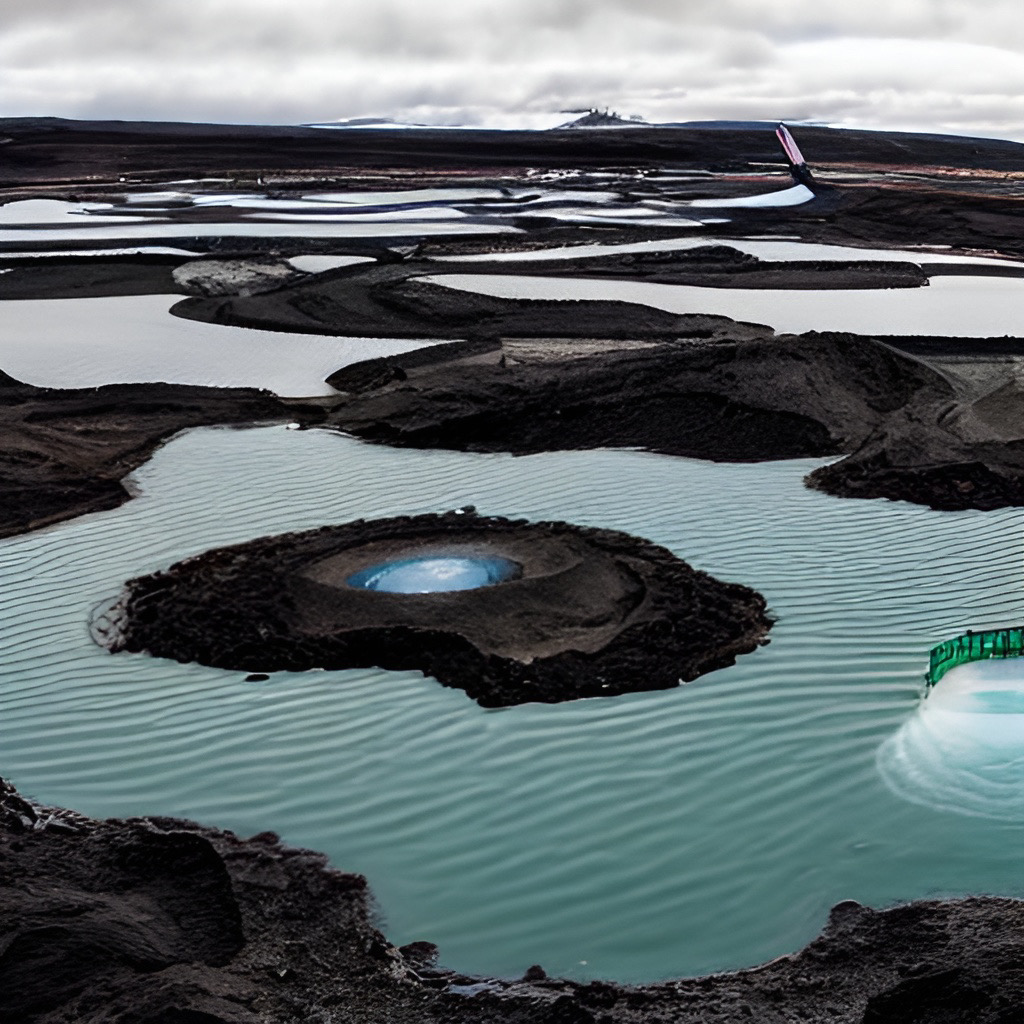


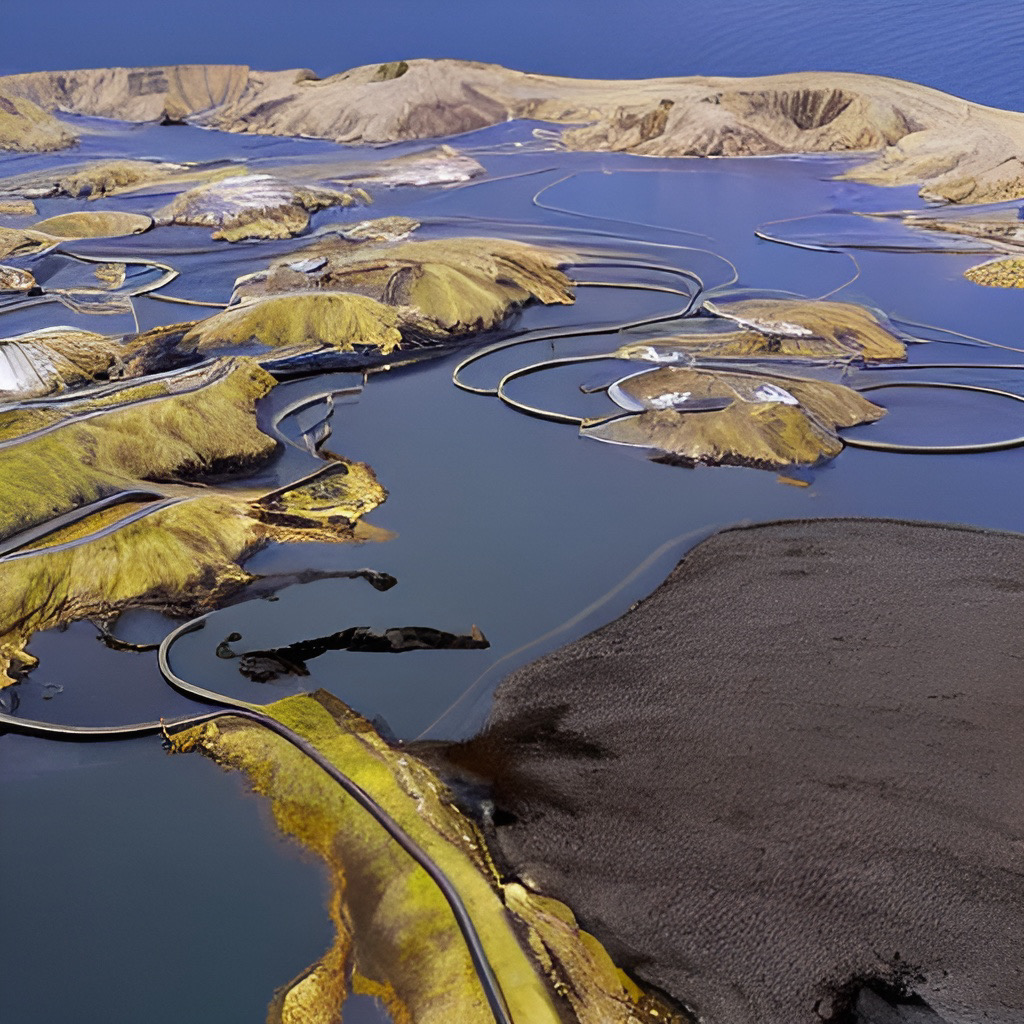
_______________________________
_______________________________
Why ?
Talking about the future, it seems to me that a sustainable future will be the only future. The pictures show floods at the Grindavík harbor. Floods are nothing new for Icelanders. These events are quite unfortunate, are they going to be the new normal? Not if we stop GHG emissions. I'm sure I don’t need to convince anybody about the importance of responding to climate change.
Sustainability has now become one of the pillars that is needed to hold up all good design along with agendas that we are more or less familiar with, like time, money, structure, site, culture and social agenda.
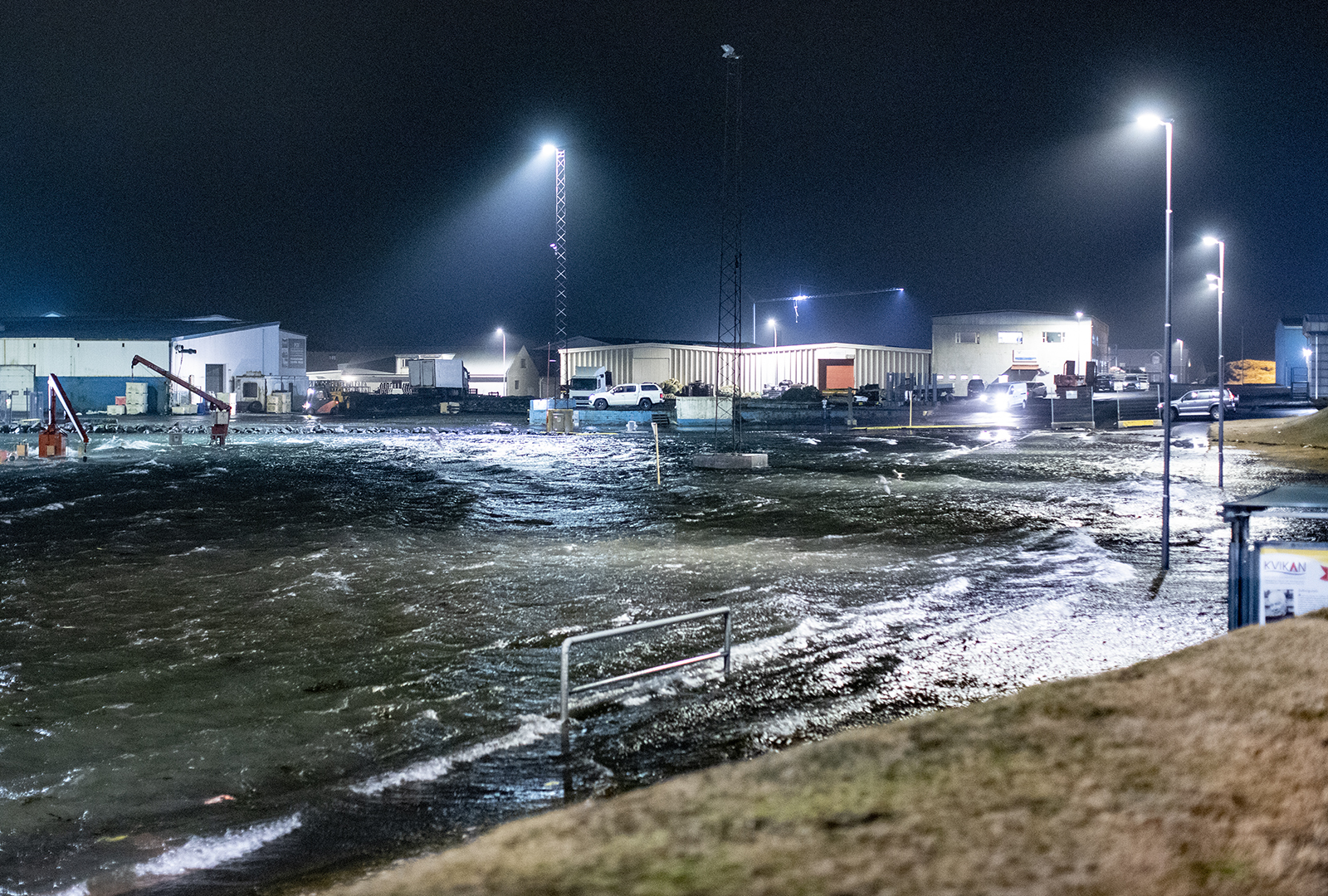


_______________________________
_______________________________
Let’s Stop Co2
This means that one million tonnes of oil that we Icelanders use annually have to be replaced with zero-emission energy. Where do we use all this fossil fuels today?
“My class went to Boston on a study trip a few weeks ago. The airline told me I was releasing 600 kg of CO2 with this trip. I carbon neutralized my flight for 1.700kr. The money is now in the hands of “Kolviður carbon found” but it will take 60 years to be finally neutralized. We were 6 students and 1 teacher. There 4.2 tons of co2. got away.”
On the website orkuskiptin.is this is shown quite clearly.
52% of oil is used in aviation
26% in ships
15% land transport and heavy equipments
And only 7% goes in private cars.
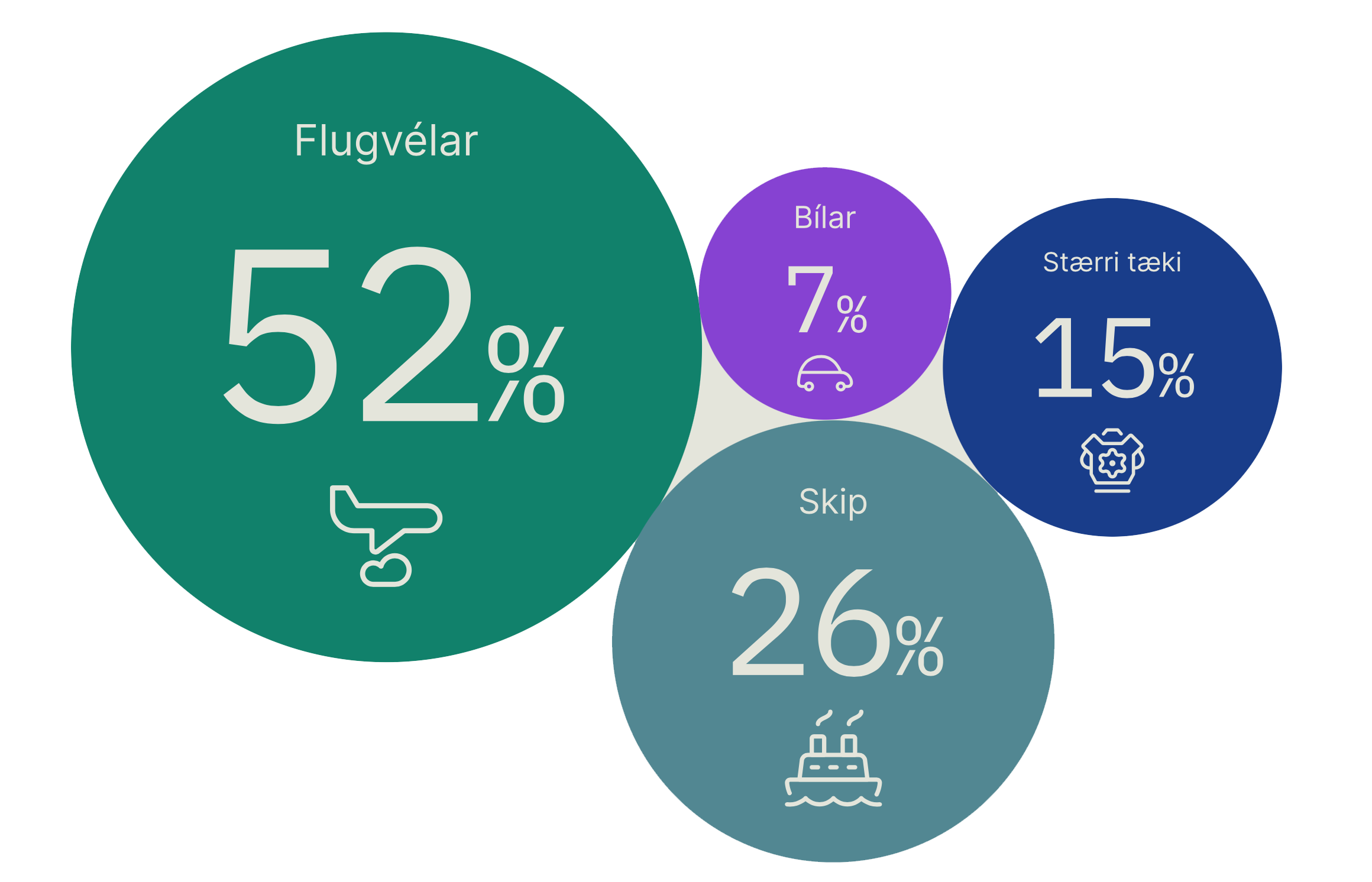

_______________________________
_______________________________
Energy Demands
Today Iceland produces about 20 TWh of electricity annually.
2020 we used 78% of our electriscity in heavy industry. The rest was in regular use, including smaller businesses.
We have to be aware of how our energy is used in the future, and direct it to sustainable activities. If the energy demands of all transportation are going to be met with green energy we need to add 16 TWh to the system.
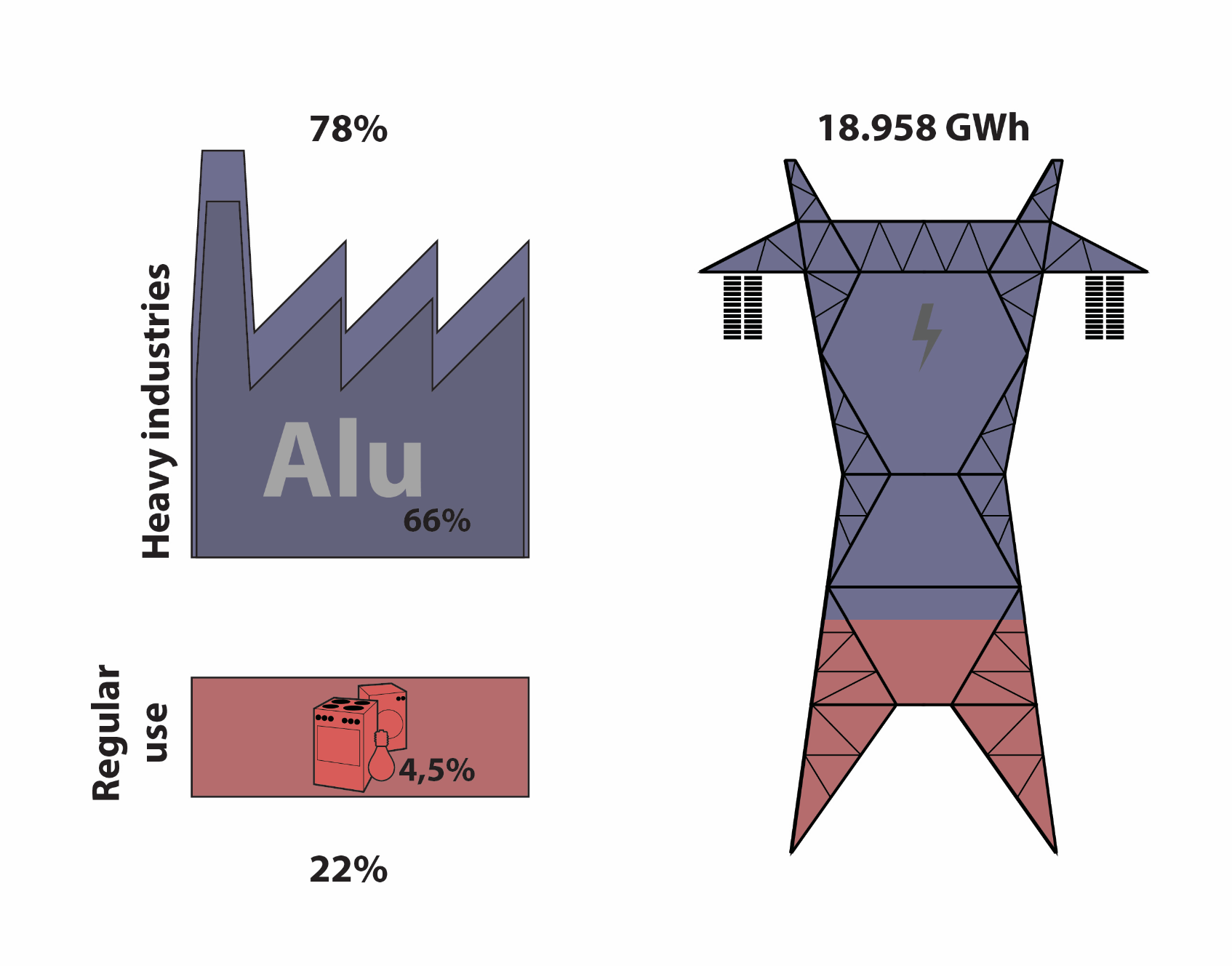

_______________________________
image ©Ágúst Skorri
_______________________________
Transport & Reykjanes
Let’s reflect these numbers in Reykjanes.
The international airport, as we all know, is in Reykjanes and the capital airport only 35km away or 50 by car.
Big fishing harbours and ports for import and export of goods are in and around the peninsula (to name a few, Faxaflóahafnir, Helguvík, Straumsvík, Grindavík and Þorlákshöfn).
In land transport and heavy equipments, there are frequent bus transport between the Airport and the city. As well as transport of goods between the airport and the city and earthwork and ground material transport servicing the capital region.
Almost everyone are still highly dependent on private cars. Roughly 70% of the total population of Iceland lives within 35km radius.





_______________________________
_______________________________
Let’s Zoom Out
As described earlier, one of Iceland’s sustainable goals that will have the most impact on the Reykjanes region is the Energy Transition that has already started and ends hopefully around 2040.
But,... we Icelanders are not fighting climate change alone. As you are all familiar with, there are shifts in energy use all over the world. With the imminent global warming we see that we are forced to move from fossil fuels to eventually zero emission energy.
Most investors are aware of the opportunities that lie in sustainable developments and with the ongoing conflicts in Ukraine, many are predicting that the war will speed up the green energy sector in the long term as European countries are building up and finding new ways to produce reliable energy.
US energy secretary Jennifer Granholm recently announced a breakthrough in nuclear fusion technology so there is a good reason to be optimistic about the future of green energy.
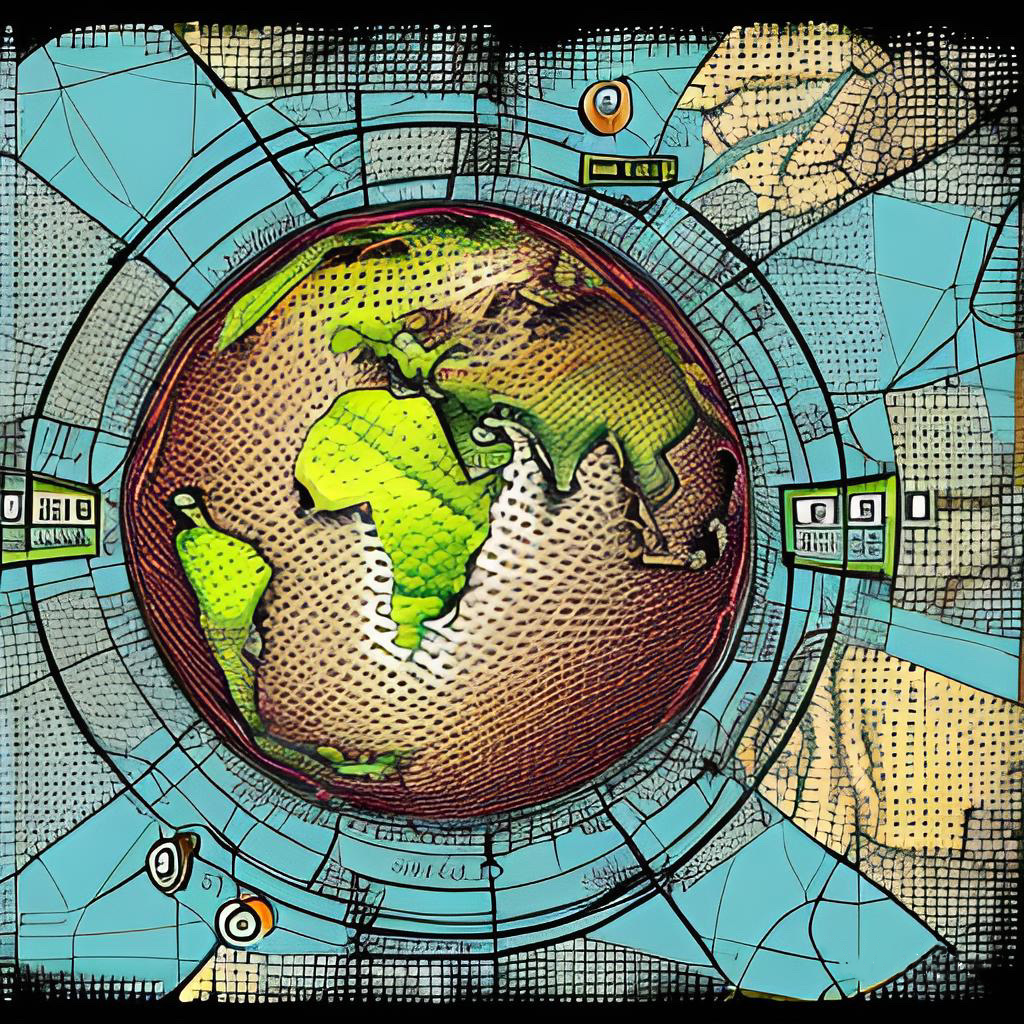



_______________________________
_______________________________
World’s Sea Transport
“Today nearly 30% of sea freight volumes is dedicated to transporting of
fossil fuels”
Bureau veritas consultants made a white paper for the International Maritime Organization, with the title “Alternative Fuels outlook for shipping” There they describe how important it is for future marine transport to have access to upstream green energy close to the harbour due to lower density of alternative green fuels. Alternative fuels like hydrogen, ammonia and methanol, take on average 3 times more space than oil.
That means that electricity and fuel demands will increase a lot around the main shipping routes.
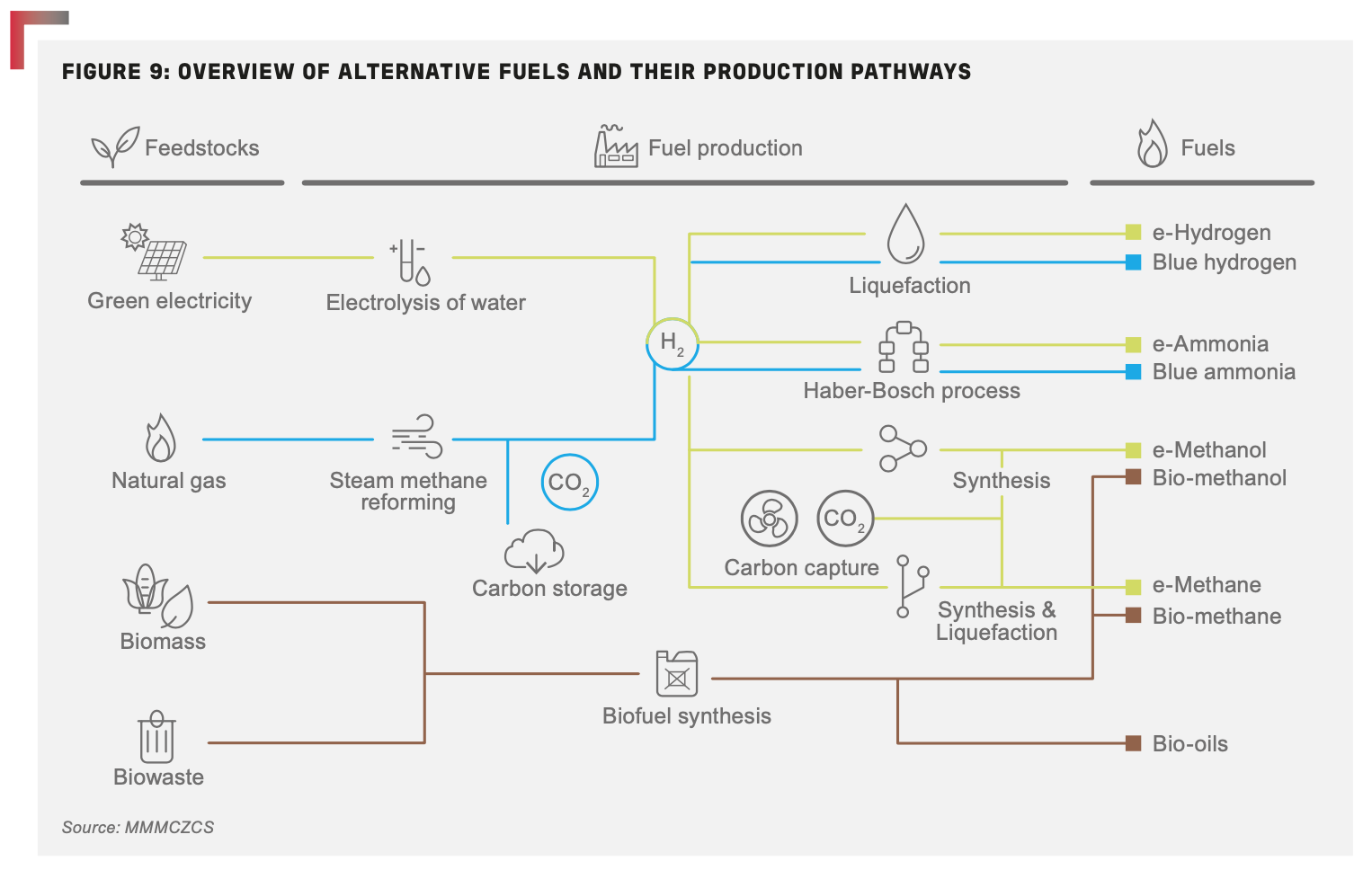
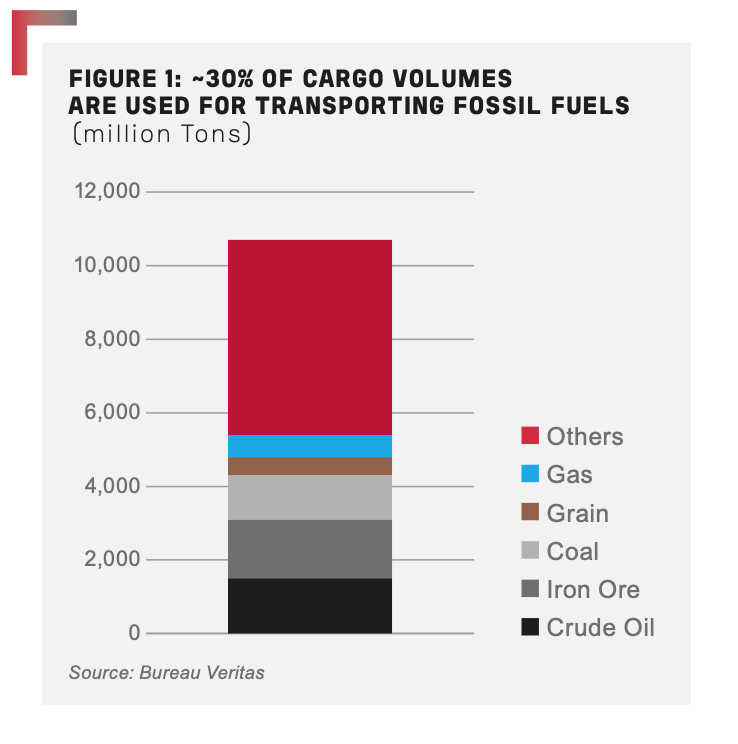

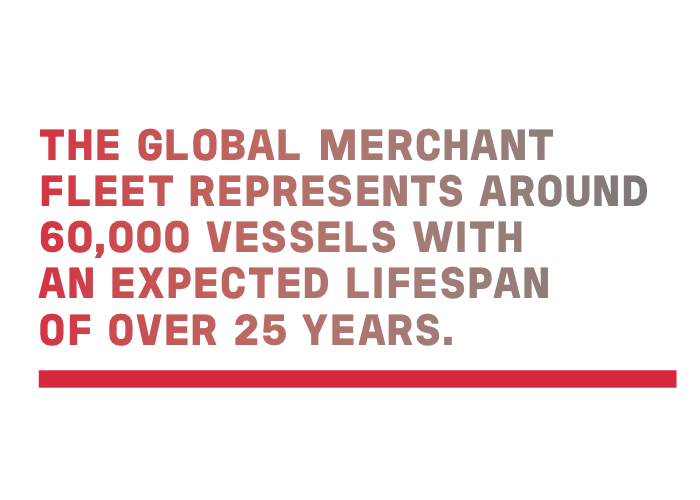

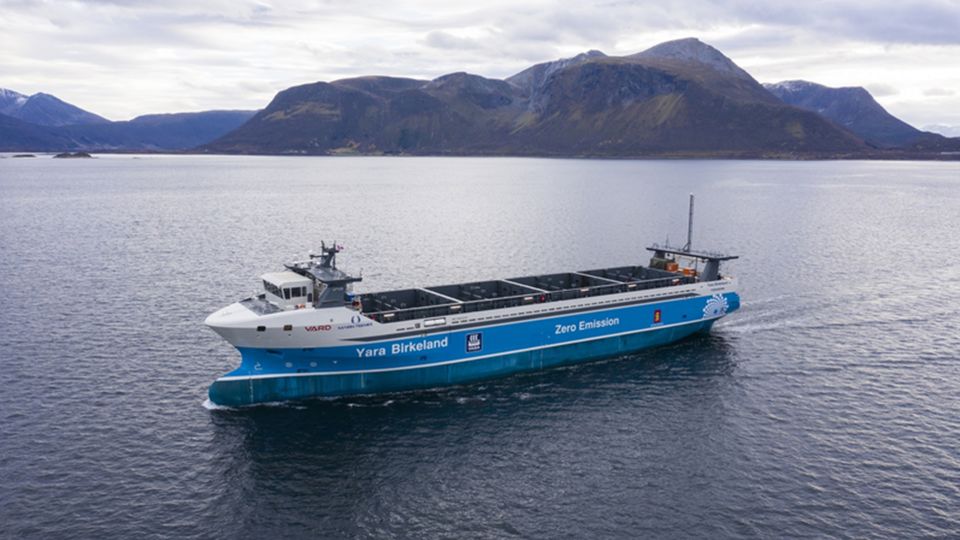
_______________________________
_______________________________
World’s Air Transport
We see the same thing happening in aviation.
The UK innovation consultants Connected Places Catapult with the UK department of transport demonstrate this fact as well in another white paper about “Zero emission Flight Infrastructure”.
If we harvest the energy locally in one way or another, unlike how the fossil fuel sector is operating today. We can all understand the logic of minimizing the cost and spatial effect of this infrastructure by having the distribution distances of the energy from the source to the consumer as short as possible.
From what I can read from these reports is that it makes sense that the production, and specially conversion and storage of energy, used in aviation, fishing and shipping industry, industrial sites and transport on land, in and around the peninsula should be placed in Reykjanes if possible


_______________________________
_______________________________
Geothermal Options
So where are we going to find that energy? We have plenty of hot spots across the island.
If we look at existing rammaáætlun we see the spots that are likely to be used in near future (take notice that I’m only showing geothermal energy options on the maps).
When we look at Reykjanes, you see the areas that have been suggested in rammaáætlun 3, 4 and soon 5.

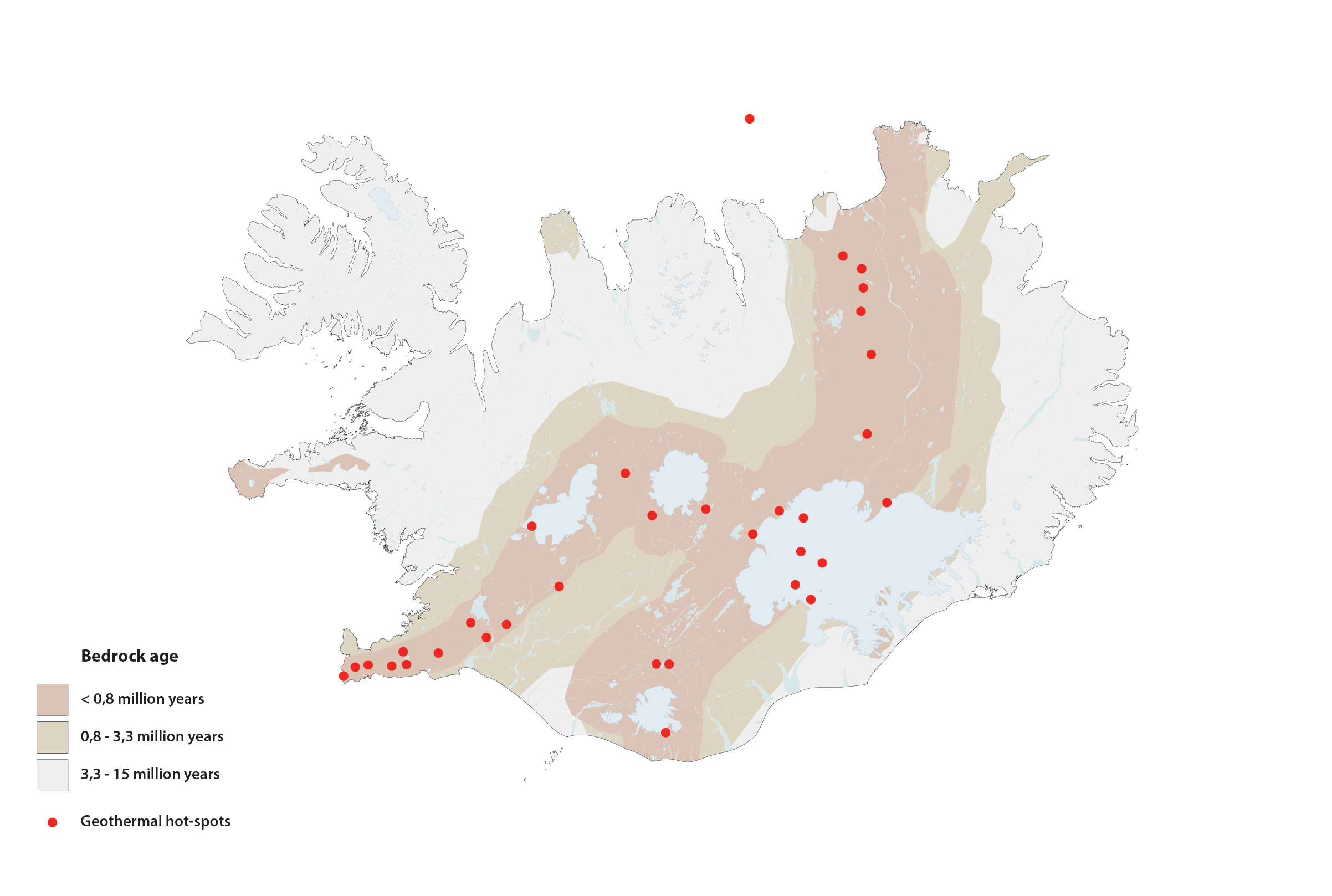
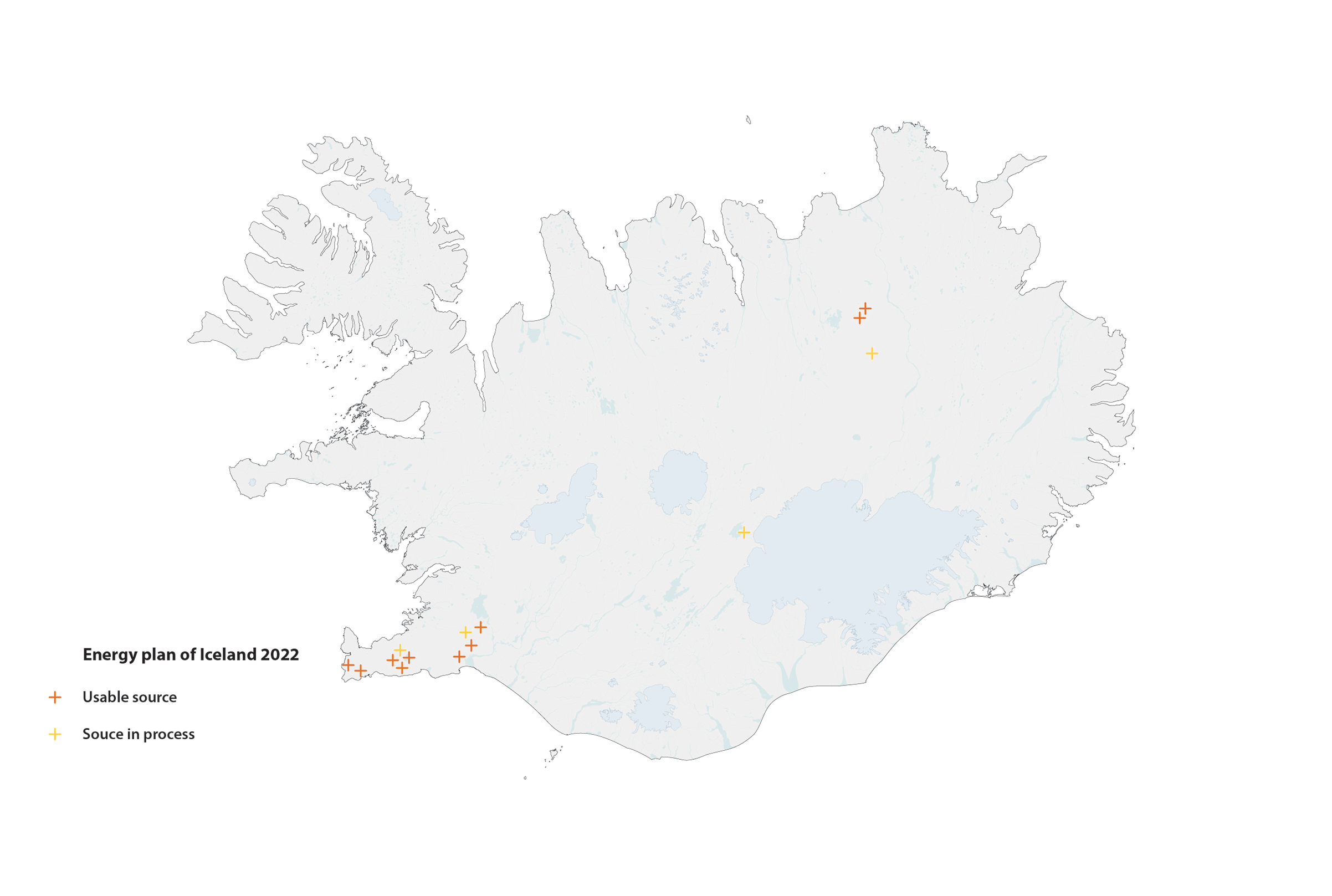

_______________________________
map ©Ágúst Skorri
_______________________________
Geo-Reykjanes
Let's put this into test.
The year 2020 we produced 1.4 TWh in Reykjanes.
We need to add 16 TWh for the transitison for the whole country.
Let's say we will use 13 TWh in and around Reykjanes.
If we fully use what we have...
(with an additional 400GWh windmill farm, marked in green on the map)
we get 7.3 TWh annually from the area. That gets us half the way.
There are few options out of my focus area, near Reykjavík that I will not take into account here.

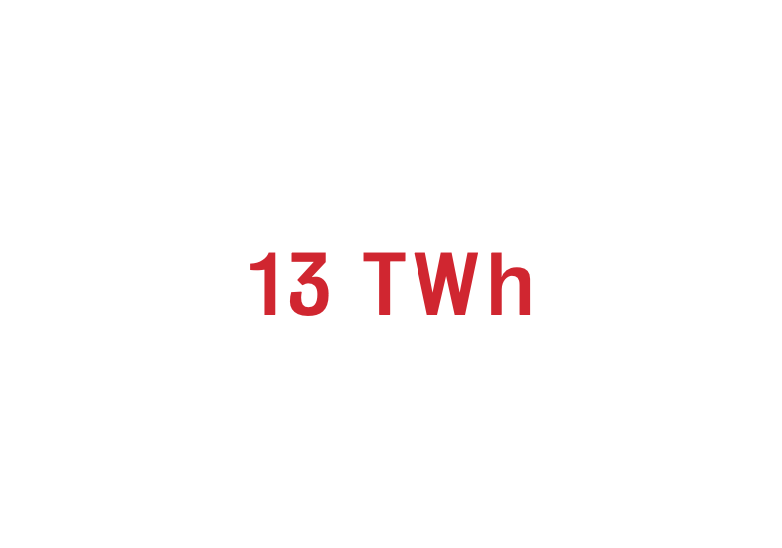
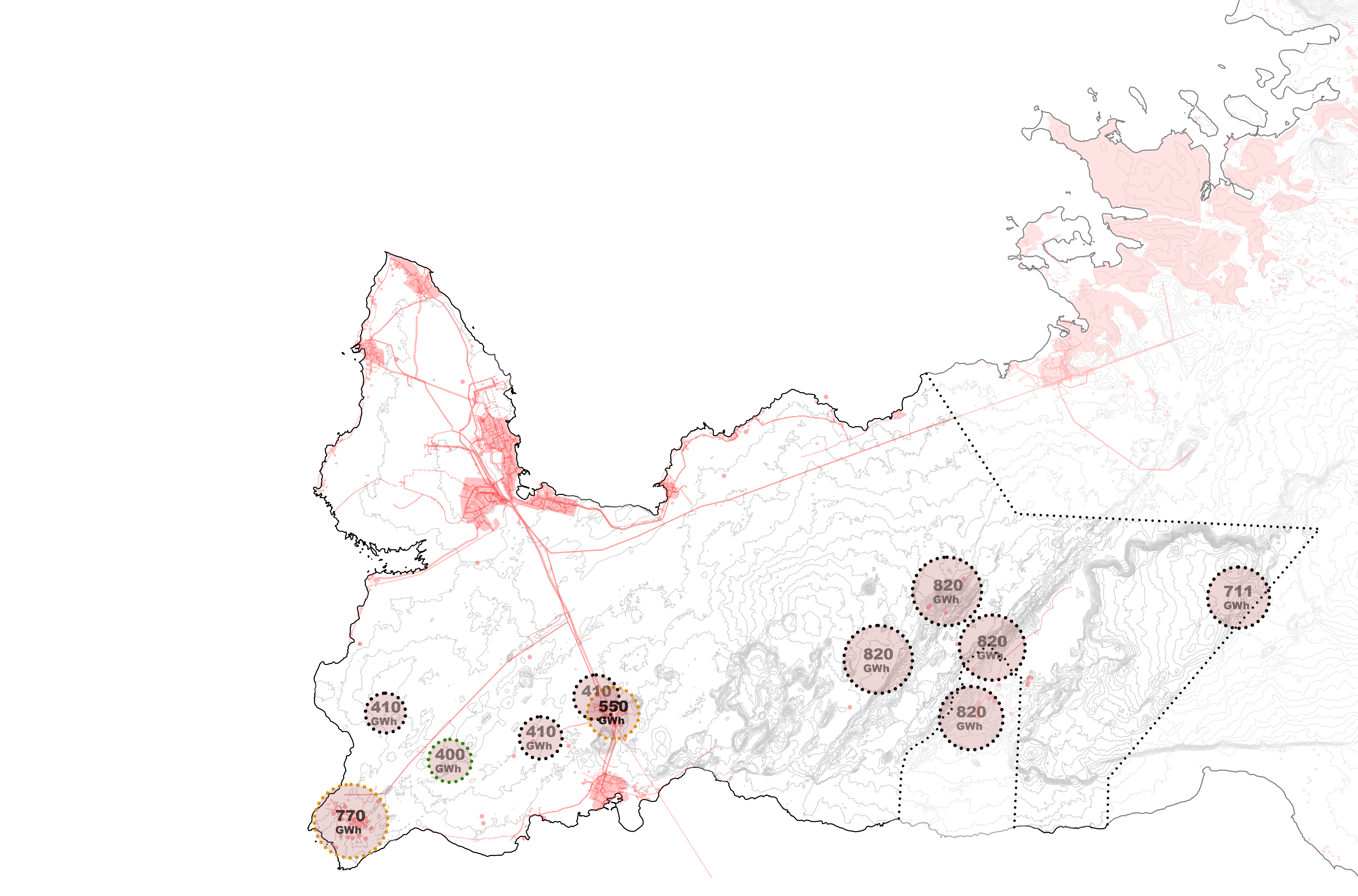

_______________________________
Data from www.orkustofnun.is
_______________________________
Hellisheiðavirkjun
I want to show you this axonometric drawing of Hellisheiðarvirkjun with the boreholes in scale.
A fellow student Ágúst Skorri made this drawing. In comparison, down in the right corner you see Burj Khalifa, the tallest building in the world and Hallgrímskirkja next to it, so these powerplants are truly megastructures. Skorri shares the same concerns as I, that if we are not careful, future energy infrastructure and related industries could dominate the space around us.

_______________________________
image ©Ágúst Skorri
_______________________________
Sentimental Value
We are lucky to have some good examples where industrial buildings have great aesthetics. But sadly we often see the architects come too late in the process of infrastructure and industrial design and it looks like some are just there to dress it in another and sometimes unnecessary green layer if they take part at all.
Let's not lose focus of the main goal of the energy transition. It is for the future generations that we are working and their well being. And what is a better life than the life spent in a beautiful place, not necessarily aesthetically so but rather the beauty that arrives with the positive sentimental value of the surroundings. Is there a better way to make the environment sustainable then inviting people to engage with it and care about it.
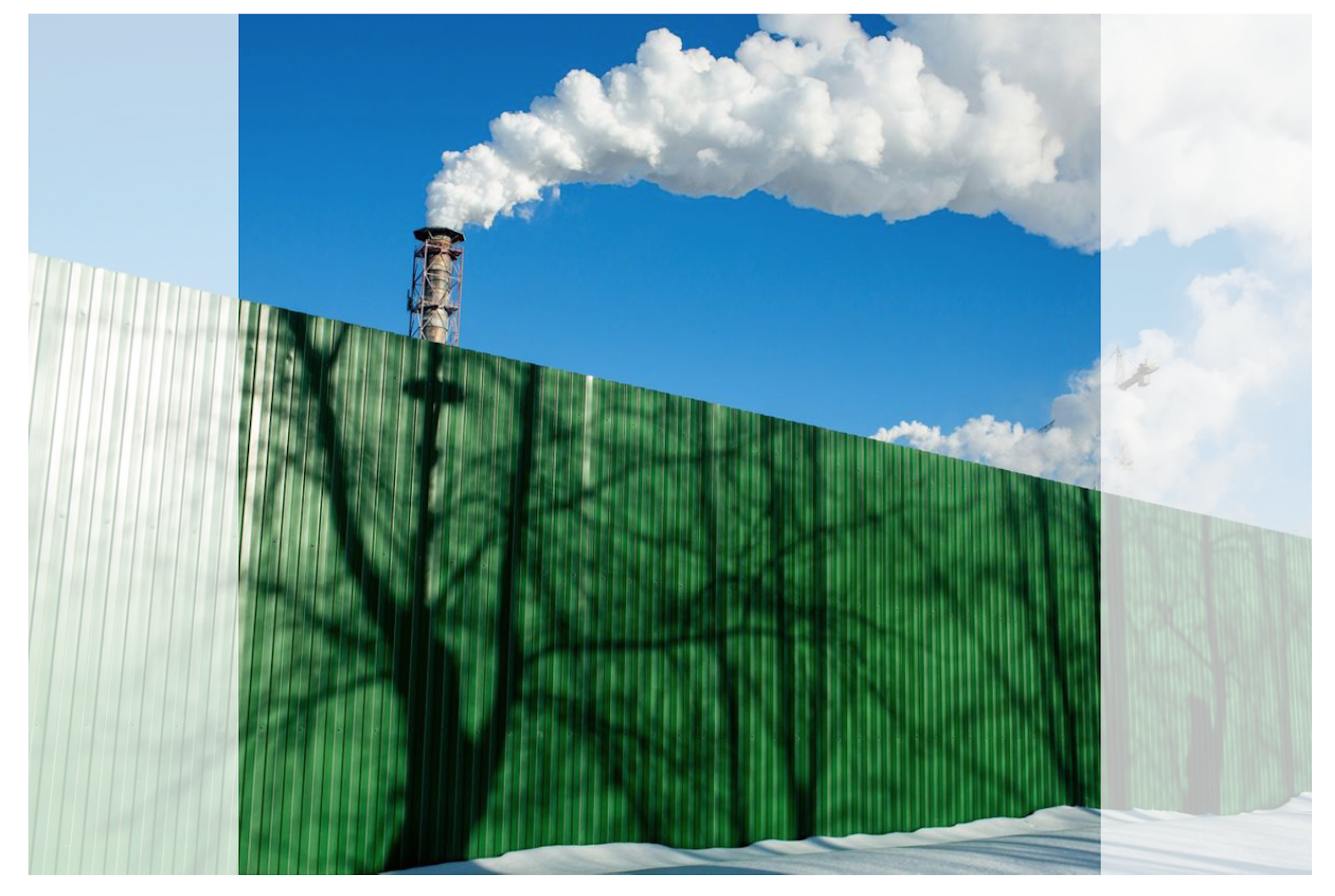
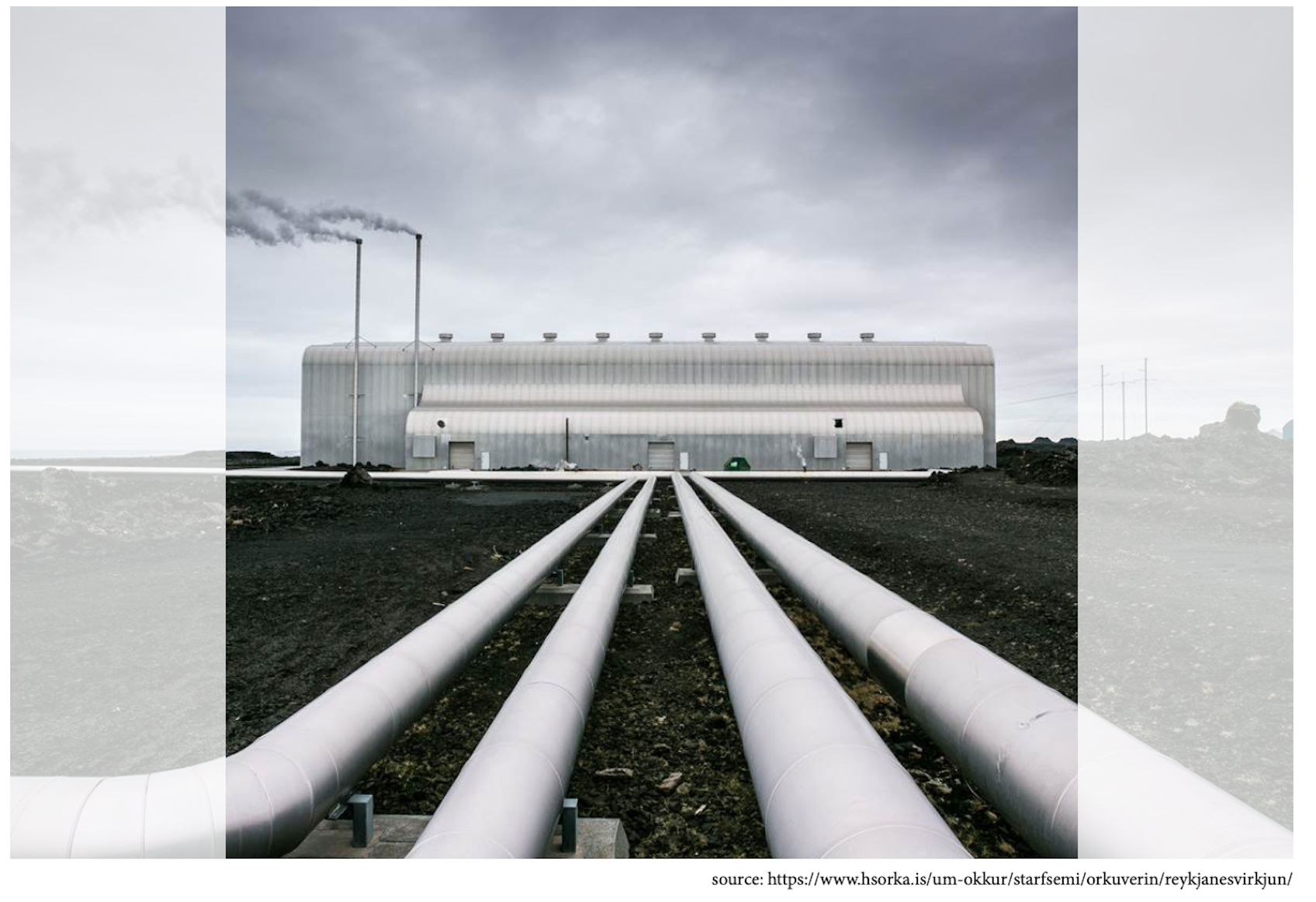

_______________________________
_______________________________
A Common Vision
I think it is important that Energy landscapes like historical landscapes become a part of the national or local identity. Where as many groups as possible become a part of the design equation and can look at it with ease and feel like they are a part of it and it a part of them.
This is easier said than done and you might think “this makes everything just more complicated, expensive and slows us down”. I recognize that, but I am a believer in honest and direct communications. What I am realizing as I learn, is that it is often not about what we do that matters, but more about how we do it. For me this is about the vision, giving structures and forms meaning and taking advantage of the opportunities that will open up with these vast changes that are ahead of us.






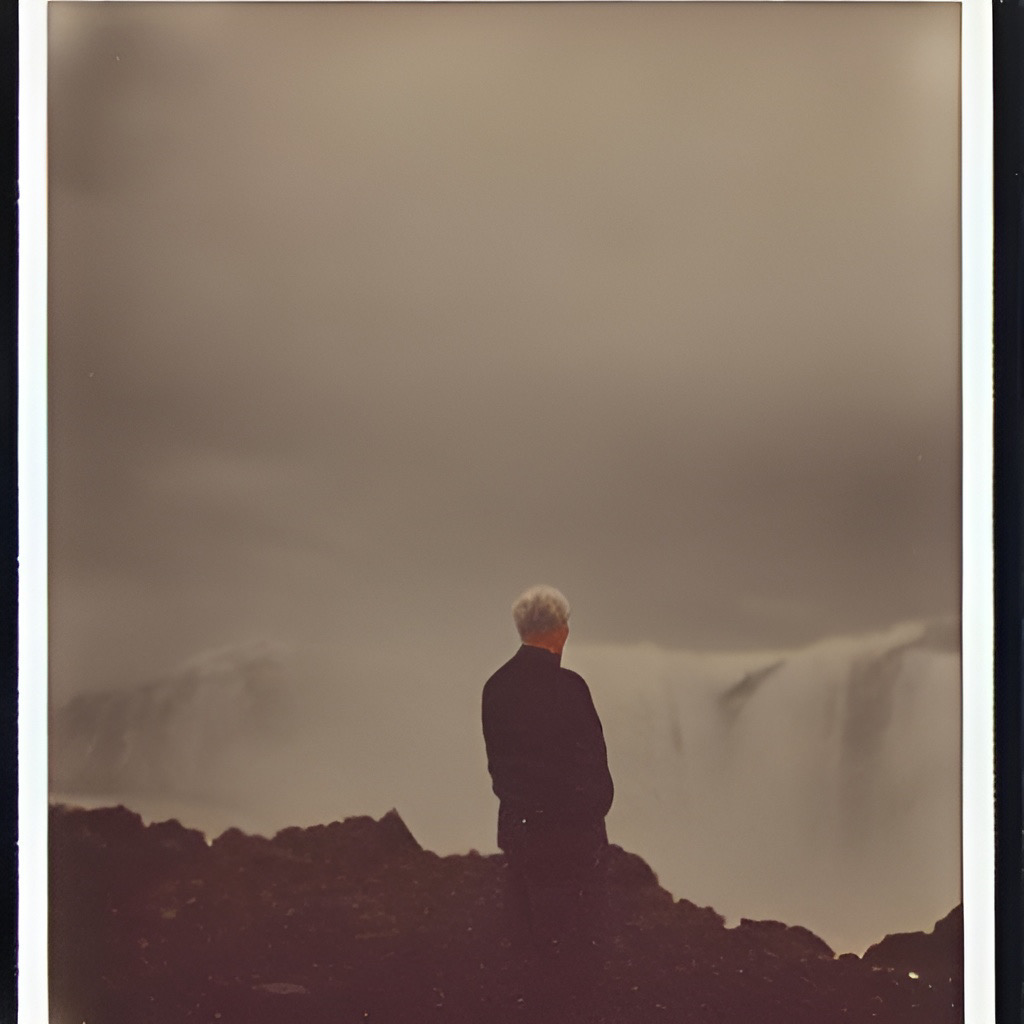
_______________________________
_______________________________
Industrial Care
Can architecture help with sustainable energy development ?
My main concern here in Reykjanes are the future industrial sites that will be related to energy conversion, like hydrogen plants for example. Where are we going to place them? and how will they relate to the surroundings? I hope my final project next semester will answer these questions.
On this map of Reykjanesbær you see the area that has already been approved in aðalskipulag for industrial and commercial use. And how it looks without the airport. We are usually talking about huge buildings built in these areas.
Without care it is easy to get lost in scale in these kinds of areas.


_______________________________
AQQ
